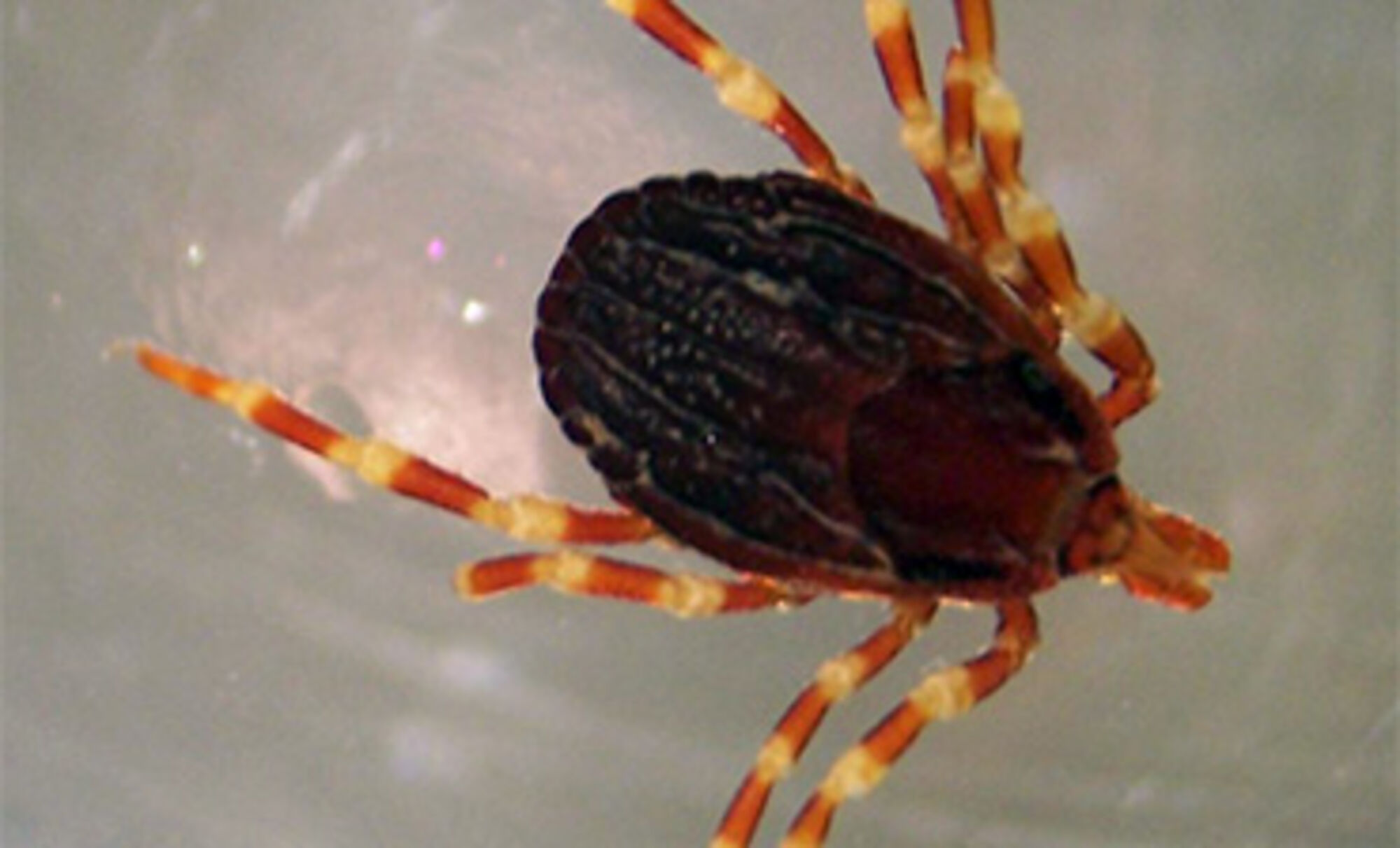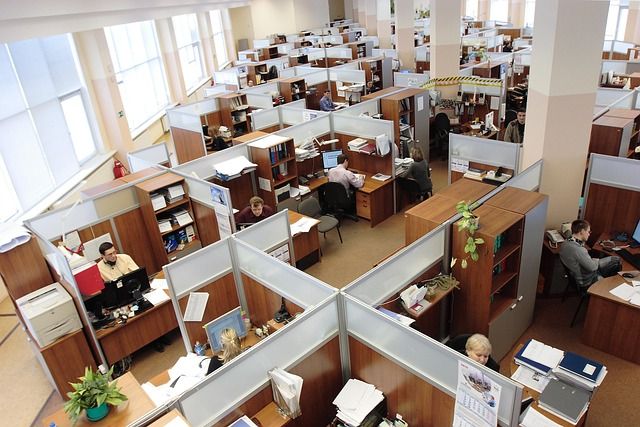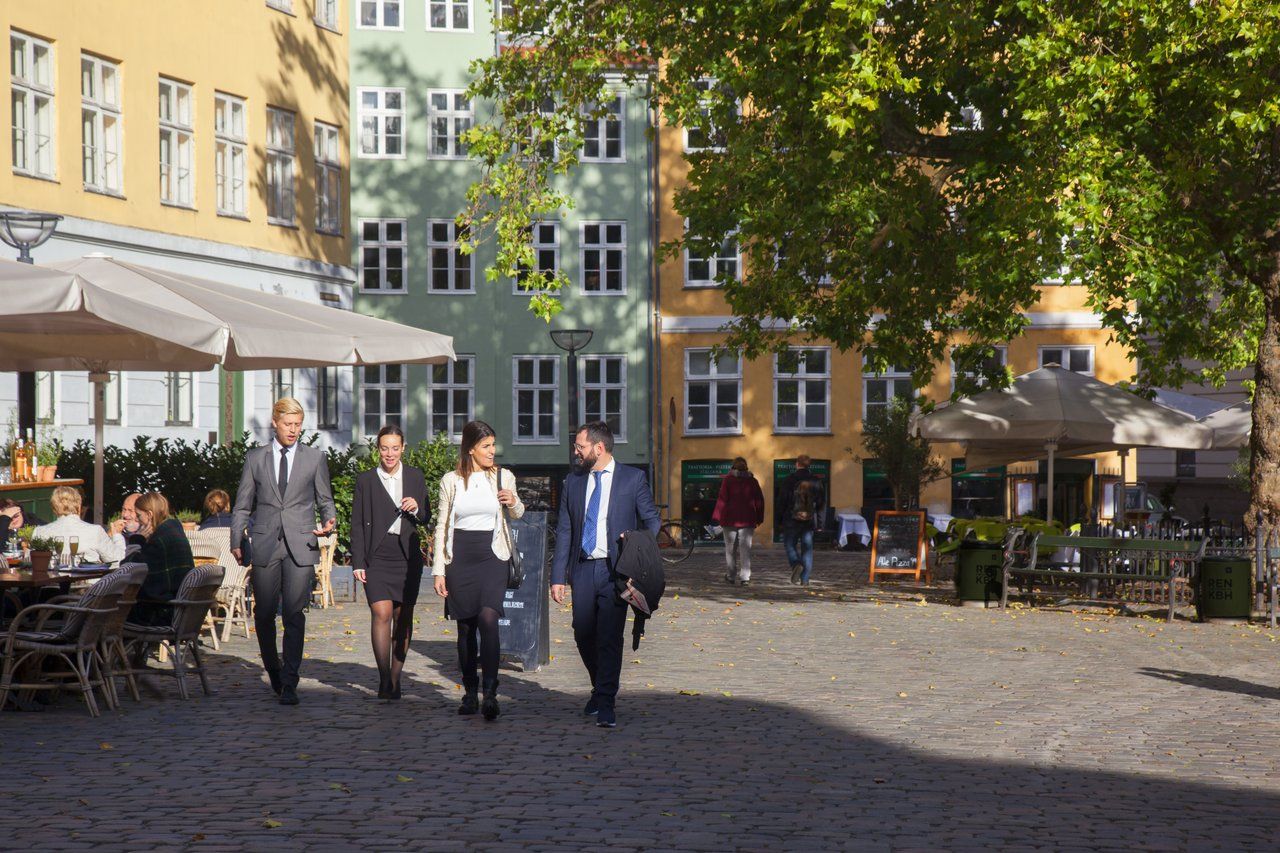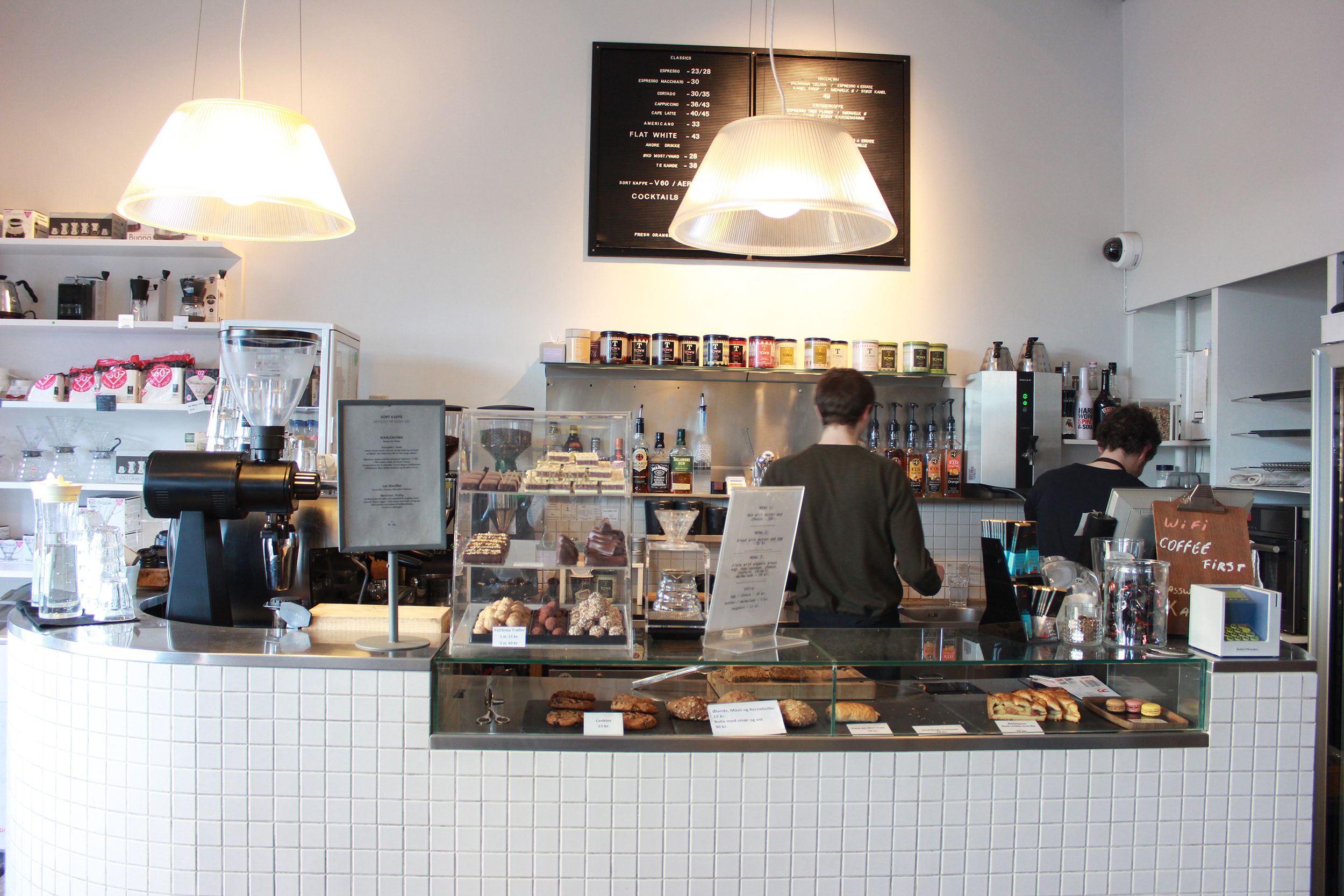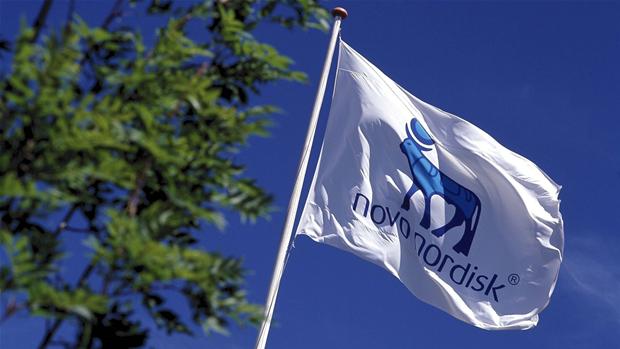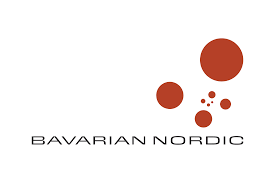Denmark isn’t very friendly to immigrants, but makes an exception when it comes to apples, as it turns out that many of its beloved varieties are not quite so ‘Dansk’ after all.
The Ingrid Marie, for example, which was ‘discovered’ on Funen in 1910 and named by a local schoolteacher after his deceased daughter – it’s a lovely story, but according to the University of Copenhagen the apple is the offspring of two English apple varieties.
Both the Cox’s Orange and Cox’s Ponoma became popular in the late 1800s and spread to Danish gardens where they enjoyed a holiday romance.
In total, apple genealogists at the university’s Department of Plant and Environmental Sciences used DNA analysis to map the genetic diversity and origin of over 500 apple varieties – 300 of which were Danish.
And they discovered that many varieties were in fact duplicates – the Høje Taastrup is the same as the Rød Ananas, and the Hillested is the Hillerslev, for example – while others like the Gråsten were not as prolific as they had hoped.
Cry wolf a plenty
The same is true of Denmark’s wolves, but we knew that already. Since October, dozens of sheep have been attacked in an area southwest of Holstebro and in other parts of Jutland, and farmer have had enough.
Venstre MP Kristian Pihl Lorentzen supports their right to kill to protect their livestock and has promised to take the issue up with the environmental and food minister, Esben Lunde Larsen.
Among the losers is sheep breeder Storålam, although it receives compensation from Naturstyelsen every time a wolf attacks its property.
With attacks quickly multiplying just south of the Danish border in Schleswig-Holstein, there are fears that this is only the beginning.
More deer and eagles
The wolves aren’t the only ones thriving, as red deer and eagle populations are also soaring.
A herd of over 1,000 red deer were recently counted in a field near Vind Hede just southwest of Holstebro in western Jutland – a Danish record. There are now an estimated 25,000 in the country.
For the first time in history, over 400 eagles have been counted in Denmark. Volunteers counted 395 sea eagles and 14 golden eagles during January.
Good public response
Four muntjac deer, meanwhile, have been handed over to the authorities in response to the EU’s appeal to eradicate 37 invasive species, of which 12 live in Denmark.
Since the release of the list last year, Danes have handed over thousands of animals to the authorities, including 300 red-eared slider turtles, and 38,000 signal crayfish.
The animals are not killed but looked after until they die naturally. Alternatively, Danes are free to continue keeping them, providing they don’t allow them to escape into nature or breeds. (CPH POST)




